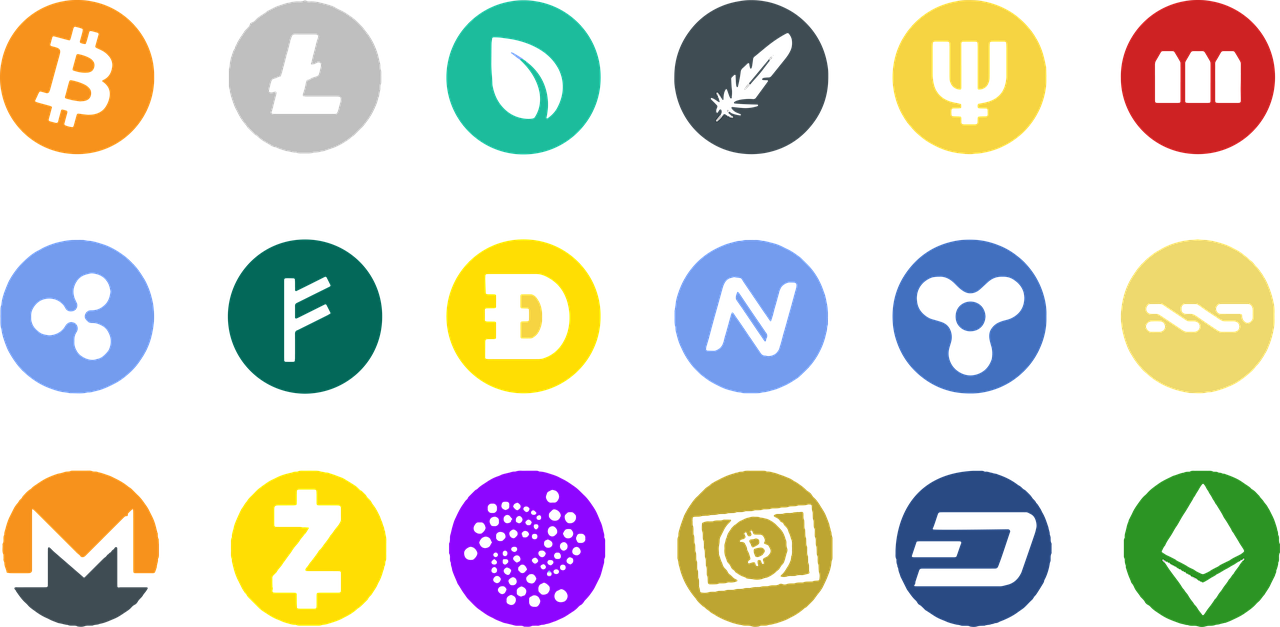Cryptocurrency enthusiasts and investors have long hailed Litecoin as the silver to Bitcoin’s gold. From its inception, Litecoin has carved out a unique niche in the vast and dynamic world of digital currencies. Created to offer faster transaction times and lower fees, Litecoin has continually proven its worth in the ever-evolving landscape of cryptocurrency.
Understanding Litecoin: A Brief Overview
Litecoin, often abbreviated as LTC, was created by Charlie Lee in October 2011. As a former Google engineer and Director of Engineering at Coinbase, Lee envisioned a cryptocurrency that could complement Bitcoin by addressing some of its limitations. Litecoin’s primary goal was to provide a more efficient and practical solution for everyday transactions.
The Origins of Litecoin
Charlie Lee’s intention was to create a lighter version of Bitcoin, hence the name Litecoin. By tweaking Bitcoin’s open-source code, he introduced a cryptocurrency that could confirm transactions more quickly and with lower fees. Litecoin’s block generation time is approximately 2.5 minutes, compared to Bitcoin’s 10 minutes. This significant difference allows for faster transaction confirmations, making Litecoin a more appealing option for smaller, everyday purchases.
The Technology Behind
Litecoin’s technological foundation is very similar to Bitcoin’s, with a few notable differences. Litecoin uses a different hashing algorithm called Scrypt, which is designed to be more memory-intensive and resistant to the specialized hardware, known as ASICs, that dominate Bitcoin mining. This allows for a more decentralized mining ecosystem, giving more individuals the opportunity to participate.
The Benefits of Litecoin
Faster Transaction Times
One of the most significant advantages of Litecoin is its faster transaction times. With a block time of 2.5 minutes, Litecoin transactions are confirmed much quicker than those on the Bitcoin network. This speed is particularly beneficial for merchants and consumers who need to complete transactions swiftly.
Lower Transaction Fees
Litecoin also boasts lower transaction fees compared to Bitcoin. This makes it an attractive option for users who frequently move money or make smaller transactions. The reduced cost of sending Litecoin can save users a considerable amount of money over time, especially in periods of high network congestion.
Increased Coin Supply
Bitcoin is capped at 21 million coins, whereas Litecoin has a maximum supply of 84 million coins. This fourfold increase in supply is intended to make Litecoin more accessible and affordable, preventing some of the price volatility associated with Bitcoin’s limited supply.
Litecoin’s Role in the Cryptocurrency Market
Complementing Bitcoin
Litecoin was designed to complement Bitcoin rather than compete with it. By offering faster transactions and lower fees, Litecoin serves as an efficient medium of exchange, while Bitcoin is often viewed as a store of value. This complementary relationship allows users to leverage the strengths of both cryptocurrencies based on their specific needs.
Adoption and Use Cases
Over the years, Litecoin has gained significant traction and adoption among merchants and payment processors. Many online retailers and service providers accept Litecoin as a form of payment, further solidifying its role as a practical cryptocurrency for everyday use. Additionally, Litecoin is often used in peer-to-peer transactions, remittances, and even charitable donations.
The Future of Litecoin
Ongoing Development
Litecoin’s development team, led by Charlie Lee, continues to work on improving the network. They are constantly exploring new technologies and upgrades to enhance Litecoin’s functionality and security. One notable example is the implementation of the Lightning Network, which aims to enable instant, low-cost transactions across the Litecoin network.
Market Position
Litecoin has consistently maintained a strong position in the cryptocurrency market. As of 2024, it remains one of the top cryptocurrencies by market capitalization. Its longevity and continuous development contribute to its reputation as a reliable and enduring digital asset.
Potential Challenges
Despite its many advantages, Litecoin is not without its challenges. The cryptocurrency market is fiercely competitive, with new projects and technologies emerging regularly. To maintain its relevance, Litecoin must continue to innovate and adapt to changing market conditions. Additionally, regulatory scrutiny and market volatility can impact its adoption and value.
How to Get Started with Litecoin
Buying
Getting started with Litecoin is relatively straightforward. Users can purchase Litecoin on various cryptocurrency exchanges using fiat currencies or other cryptocurrencies. Popular exchanges like Coinbase, Binance, and Kraken offer user-friendly platforms for buying and selling Litecoin.
Storing
Once acquired, Litecoin should be stored in a secure wallet. Several types of wallets are available, including hardware wallets, software wallets, and mobile wallets. Hardware wallets, such as the Ledger Nano S and Trezor, offer the highest level of security by keeping the private keys offline.
Using
Using Litecoin for transactions is simple and efficient. Many merchants and service providers accept Litecoin as a form of payment. Users can also send Litecoin to friends and family or use it to pay for goods and services online. With its fast transaction times and low fees, Litecoin is well-suited for everyday use.
Conclusion: Litecoin’s Enduring Legacy
Litecoin has firmly established itself as a major player in the cryptocurrency world. With its faster transaction times, lower fees, and robust development team, Litecoin continues to be a practical and valuable digital currency. Whether you’re a seasoned cryptocurrency enthusiast or a newcomer, Litecoin offers a reliable and efficient option for conducting transactions and storing value. As the cryptocurrency market evolves, Litecoin’s role as the silver to Bitcoin’s gold remains as relevant as ever.

















